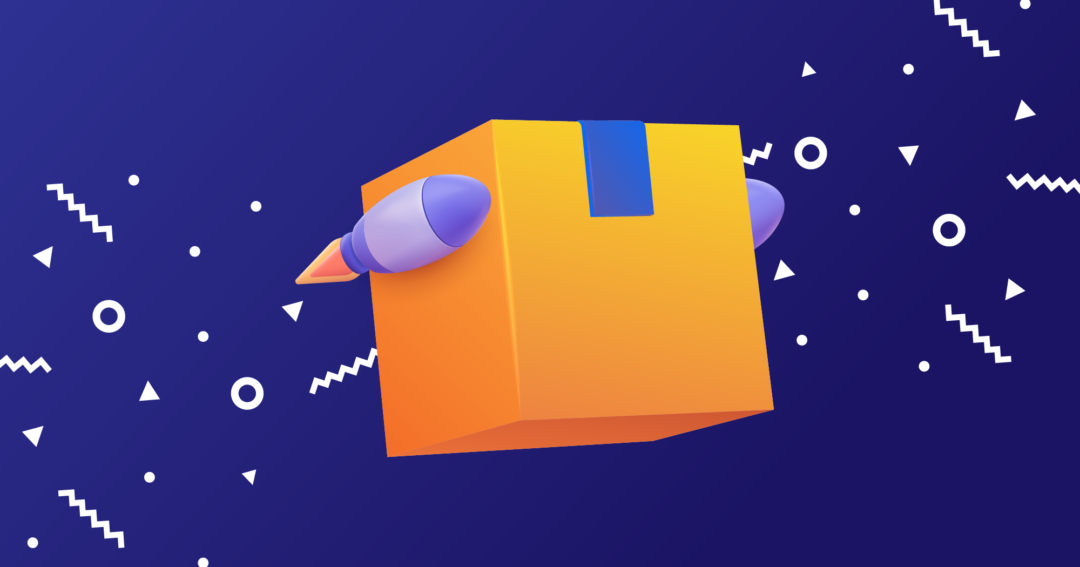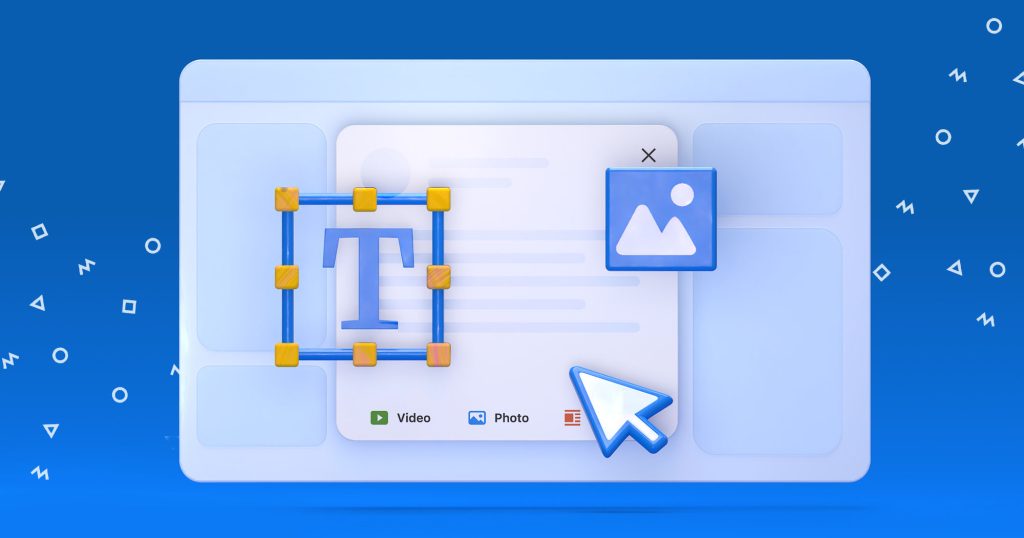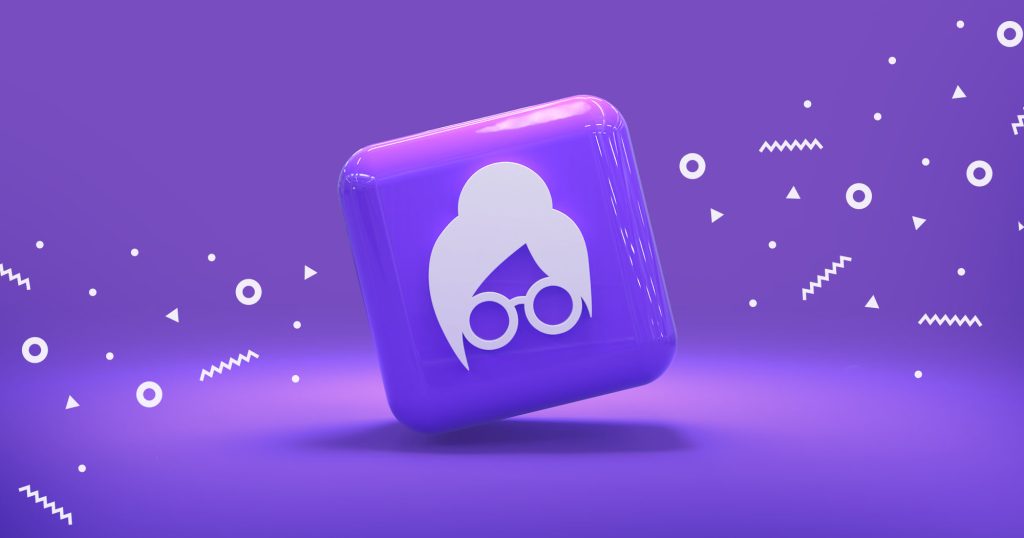In a traditional sales-led growth model, the sales team is responsible for generating leads, qualifying those leads, and closing deals. Often this requires cold outreach to kickstart a conversation, only to begin a lengthy sales process and still risk being turned down halfway through.
Today there are more sales reps than ever, and prospects and customers want and expect thoughtful and personalized sales experiences. As a result, it’s hard to sell effectively with traditional methods – and that’s why we’re seeing the rise of a new approach: Product-Led Growth.
Product-led growth (PLG) business models have completely shifted the sales ecosystem and opened up a new and more efficient way for many organizations to grow their revenue.
What is PLG?
Product-led growth (PLG) is a business model that relies heavily on the product as the main selling entry point. The focus is on generating inbound leads based on product-related actions taken by prospective buyers. With PLG, the product is the primary vehicle for customer acquisition, retention, and expansion. The goal of PLG is to maximize monetization while minimizing inefficient aspects of the sales process.
So, rather than relying on a sales team to generate sales pipeline, PLG is a product-centric approach that focuses on creating value for the customer directly through the product. In a PLG model, the product is offered for free or made available through a free trial.
The premise behind PLG is to let the customers sell themselves on why they should purchase the product. Rather than forcing prospects to undergo a lengthy sales process, PLG allows customers to get hands-on with the product and see the value themselves. With this model, users can choose whether or not they would like to upgrade to a paid version with additional features.
The core premise behind PLG is that the user needs to get some value out of the product without having to interact with a sales team.
Why is PLG a big deal?
Companies like Grammarly, Slack, and Calendly have forged the way for the PLG business model, displaying rapid user growth and consistent revenue. The success of PLG comes down to three core factors.
- Prioritization on Product Development: The PLG business model heavily emphasizes product capability. In PLG, the focus is on driving users to the app and encouraging adoption. This means that the product needs to speak for itself and prove its value quickly and definitively. That inevitably leads to heavy investment in powerful capabilities that are easy to use. This emphasis on product development is why so many PLG companies have such robust and mature products.
- Touchless Sales Motion: PLG businesses also have a massive advantage because they introduce what’s known as a touchless sales motion. With every other business model, Sales teams must be actively involved in the entire customer journey. Giving the customer direct access to the product abstracts this complexity and allows the customer/prospect to move through the sales cycle at their own pace – that pace is often much faster than the alternative of buying in a traditional sales process.
- Focus on Customer Value: When the product is at the center of everything, it forces companies to provide a great user experience. PLG companies gather and act on customer feedback and make their products as easy to use as possible to eliminate any potential roadblocks the customer might encounter. Most PLG companies also offer excellent customer support to ensure every customer has a positive experience.
These three factors foster an immense sense of loyalty, which inevitably drives adoption and increases retention – thus translating into more revenue.
What is the role of sales in PLG?
Since the focus of PLG is on acquiring new users and monetizing them later, the conventional role of sales teams shifts substantially. PLG introduces two pipeline categories: a sales-assisted pipeline and a self-serve pipeline.
Most customers fall into the self-serve pipeline category. This includes any customer who is actively using the product themselves. For the most part, these users follow a straight line, inevitably purchasing the product with a few small nudges from marketing and support teams, whether it’s sending an email or debugging a technical issue.
On the other hand, the sales-assisted pipeline is reserved for customers who have questions about the product, need help onboarding, or need to use the product in an unusually complex fashion. The sales team owns the sales-assisted pipeline, and its entire premise is to eliminate potential friction and ensure that users convert to paying customers.
Sales engagement in PLG
Sales engagement in the context of PLG is somewhat different because it’s based on product usage. Rather than targeting specific prospects and accounts with cold outreach, PLG enables sales reps to personalize their messaging based on existing product usage data (e.g., last login date, number of workspaces, new users, etc.). This makes for much more relevant and effective outreach.
Ultimately there are many ways sales teams can engage with users in the context of PLG, but here are a few examples of what that might look like in practice.
- Targeting high-value users/accounts: “Company ABC is using feature X to help their data team automate XYZ. Would a free trial of this feature be useful for your team?”
- Eliminating points of friction: “It looks like you got stuck setting up your workspace. Would you like me to schedule a call with one of our solution architects so we can help get you up and running?”
- Identifying upsell opportunities: “I noticed you just added five more users to your account. Our free plan currently only supports five users. Can we schedule a quick call so I can help your team get set up on our business plan?”
How we do this at Hightouch
As a PLG company here at Hightouch, PLG is something that we care deeply about. We separate our self-serve and sales-assisted pipelines. We automate lifecycle marketing emails to our self-serve customers, and we automate tasks for our sales reps in our engagement tool for high-value sign-ups.
We also sync our product usage data directly to Salesforce and HubSpot using Reverse ETL so our sales reps can activate that data action on that data in real time. Our targeted follow-ups are implemented as a report in Salesforce, and we automate campaigns and workflows via HubSpot.
If you’re interested, you can read how we built a product-led growth engine.
Luke Kline
Luke is a content marketing manager at Hightouch, responsible for planning, developing, and implementing content. Luke works with different cross-functional teams and partners to create and produce online and offline marketing content for Hightouch.






![New in 2025: Reply.io Teams Up with Persana AI [+Live Webinar] New in 2025: Reply.io Teams Up with Persana AI [+Live Webinar]](https://reply.io/wp-content/uploads/persana.io_-1024x538.jpg)